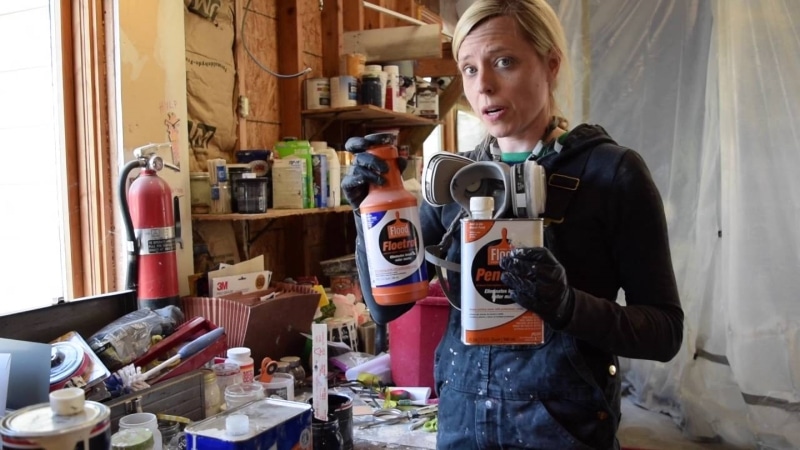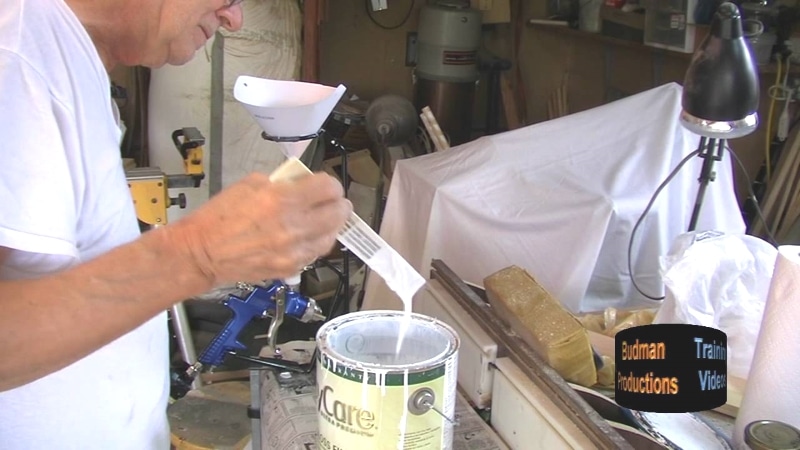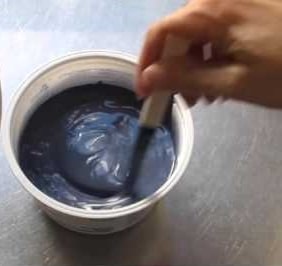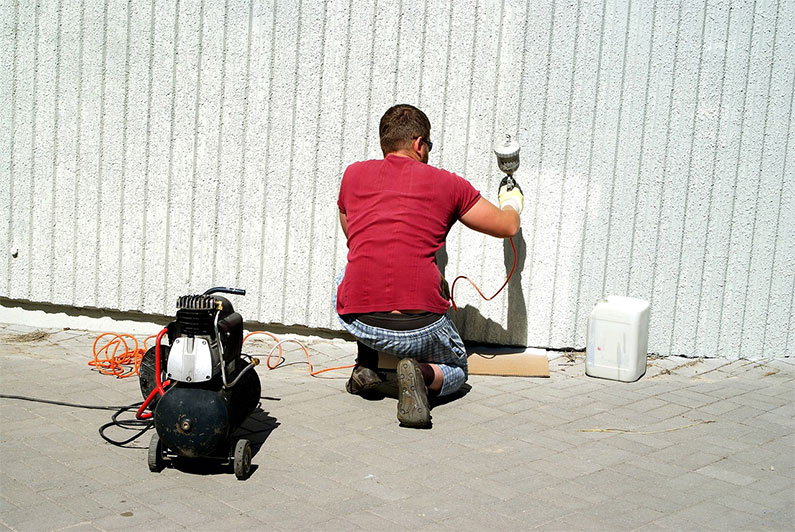
Painting any area can be time consuming and difficult, but the task is made much easier if you use a paint sprayer. In order to be successful, you need to know how to properly thin paint for the sprayer.
Overview
It’s important to properly thin paint for the sprayer for a few different reasons. First of all, a paint sprayer simply will not work properly if the paint is not thin enough. Additionally, thinning the paint for the sprayer provides for more even coverage and a better finished product. Finally, using thinned paint in the sprayer reduces waste, and you’ll be able to cover more surface area with that paint.
Paint Type Matters
The process for thinning paint depends on the type of paint being used. Latex paint can be thinned with just water for the paint sprayer. Acrylics can also be thinned with water, but take care not to use too much. Oil-based paints are usually thinned with mineral spirits.
Getting Started
Gather your supplies beforehand, to ensure that you have everything you need. You don’t want to have to stop halfway through the process and go find something. You’ll need:
Required Supplies
- One 5-gallon bucket
- Sufficient amount of water or mineral spirits, depending on the type of paint
- One large funnel or viscosity cup
- Stir sticks

The Process to Thin Paint for a Sprayer
Different paints require slightly different methods, as outlined below.
Thinning Latex Paint
There are no hard and fast rules for how much water to use when thinning latex paint. Generally, you can expect to achieve the right consistency by adding around 10 percent water. However, the amount needed will vary, according to the paint brand and your paint sprayer. To get started:
Step 1
Ventilate the room. Breathing paint fumes can be dangerous to your health.
Step 2
Pour the paint you plan to use into the 5-gallon bucket.
Step 3
To start, for each gallon of paint in the bucket, pour in half a cup of room-temperature water. Mix in the water, stirring well with a stir stick, then repeat the process with another half cup. Do not pour in all the water at once.
Step 4
Once you’ve completely mixed the water and paint, you can check the consistency with the funnel or viscosity cup. Pour the paint through the funnel. If the paint flows freely through the funnel, you’ve reached the proper consistency.
Step 5
If the paint does not flow freely, you can add an additional one-eighth cup of water for each gallon of paint. Mix the water in with the stir stick before deciding if more water is necessary. Continue doing this until you reach the point where the paint flows freely through the funnel.
Thinning Acrylic Paint
The process to thin acrylic paint is similar to that for latex paint, but you should expect to use considerably more water. Again, you’ll know you’ve reached the right consistency when the paint flows freely through the funnel.
Thinning Oil-Based Paint
If you’re using oil-based paint, always refer to the label on the paint for thinning instructions. The label should tell you which thinning products can be used with the paint, and show the recommended thinning consistency.
As with other types of paint, you’ll be able to tell that you’ve reached the proper consistency when the paint flows freely through the funnel.


Conclusion
Did you find this article on how to thin paint for sprayers helpful and enjoyable? Paint sprayers can save you a lot of time, but it’s important to know how to thin the paint to the proper consistency. I’d love to hear your comments, and, if you found this article useful, please share it with others!










